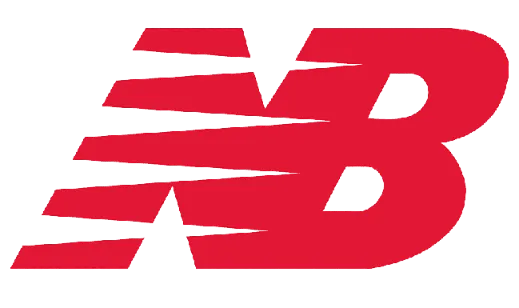How to Hit a Kick Serve: Perfect Your Toss, Technique, & Follow Through

Before diving into the steps, it is necessary to understand what is difference between a kick serve from other serves. The kick serve is the combination of topspin and sidespin, creating a ball that spins up and travels sideways, making it difficult for opponents to defend.
Understanding the Kick Serve
What is a kick serve in tennis?
The kick serve consists of topspin and sidespin, causing the ball to rise up and roll sideways. Topspin makes the ball bounce after hitting the pitch, while Sidespin creates lateral movement. The kick serve has a spin angle of about 45 degrees between topspin and sidespin.
Differentiate between Kick, Slice and Flat serves
The main difference between these serves is the spin of the ball. Proper technique is crucial for each type of serve, as each requires slightly different movements:
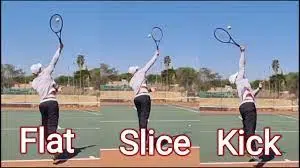
- Flat serve: minimal or no turnover. The Ball simply go straight after serve and same as after hit the ground.
- Slice Serve: Sidespin that causes the ball to curve from right to left if the players is right handed and left to right if the player is left handed.
- Kick Serve: A combination of topspin and sidespin, causing the ball to bounce up and sideways movement.
Achieve the Perfect Kick Serve: 5 Key Steps
There are multiple ways to become a professional in kick serve but we are dividing it into 5 best ways. Following are the 5 steps which shows how to do this serve from basic to advance.
Step 1: The Toss – The Importance of Adjusting Your Toss for a Kick Serve
In kick serve throwing a ball is very importance which make difference from other serves. This is the first step you need to know how to through a ball in this type of serve motion.
Position: Drop the ball just behind the head and little over the left shoulder for right-handed players (separately for left-handed players).
Length and duration: Hold the ball a little longer to ensure it reaches the correct position, allowing the proper sweeping motion to ensure that it rolls up and rolls to the side. sweeping motion will create swing in ball.

Step 2: Loading – Bend your knees, not your back
In this Serve Avoiding back injuries and maintaining good technique is necessary. To avoid pressure on your lower back, you need to focus on bending your knees, not your back, when hitting a kick serve.
Bend your knees: you should focus on bend your knees, not your back. This helps prevent lower back injury.
Position: Keep your chest up a little longer, eyes on the ball, and keep your back straight as you bend slightly.

Step #3: Brush the ball on the contact point and swing on the base
Achieving the right contact point and swing path is crucial for a successful kick serve. Here’s how to do it:
- Contact Point: The ideal contact point for a kick serve is slightly behind your head and over your left shoulder (for right-handed players). This allows you to strike the ball with a sideways motion.
- Ball Drop: Let the ball drop lower than you would for other serves, about a foot lower. This enables you to swing almost sideways with your racket at approximately a 45-degree angle.
- Sideways Racket: Similar to a topspin forehand, keep your racket sideways to brush up the ball and generate effective topspin for this serve.
- Topsin and Sidespin: The combination of the right toss location and allowing the ball to drop lower enables your racket to strike the ball from low to high and left to right, creating a topspin and sidespin rotation.
- Swing Path: Unlike a flat serve where you swing towards the service box, with a kick serve, your swing path should be along the baseline. Adjust your swing path:
- Swinging up will create topspin.
- Swinging sideways, along the baseline, will create sidespin.
Mastering these elements will enhance the effectiveness of your kick serve and give you greater control over your shots.
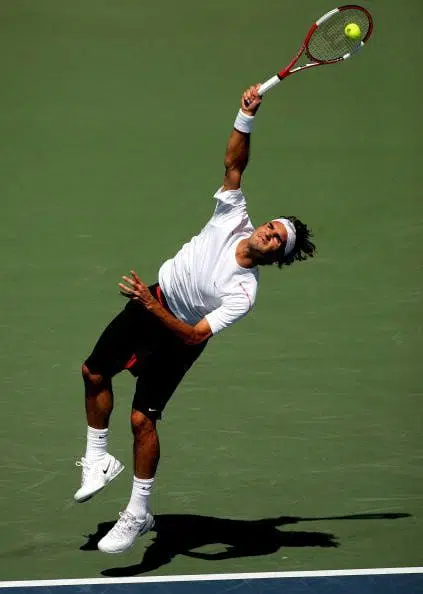
Step #4: Keep Your Balance: Avoid Falling Backward
Proper balance is the key to hard work. Many people tend to fall to the side, often because they toss the ball behind them
Avoid leaning back: Make sure you complete the starting position without leaning or falling back. Practice finishing your kick serve in the same position where you started.
Experienced players may jump a little earlier on the field, requiring more early release.
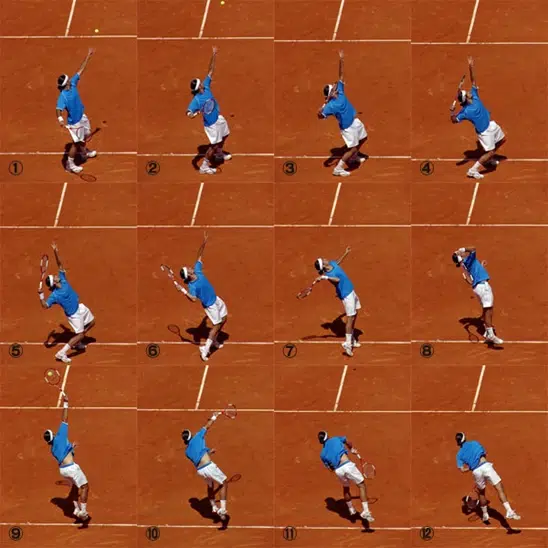
Step 5: Finish and Continue
Two types of finishes are common on the kick serve:
Finish on one side: The racquet ends on the same side as the firing arm, which helps guide the racquet in the right direction of swing. Best example of this finish is Roger Federer.
Standard Finish: The racquet curves across the body, ending on the opposite side. This is the most common finish and allows for good tracking.
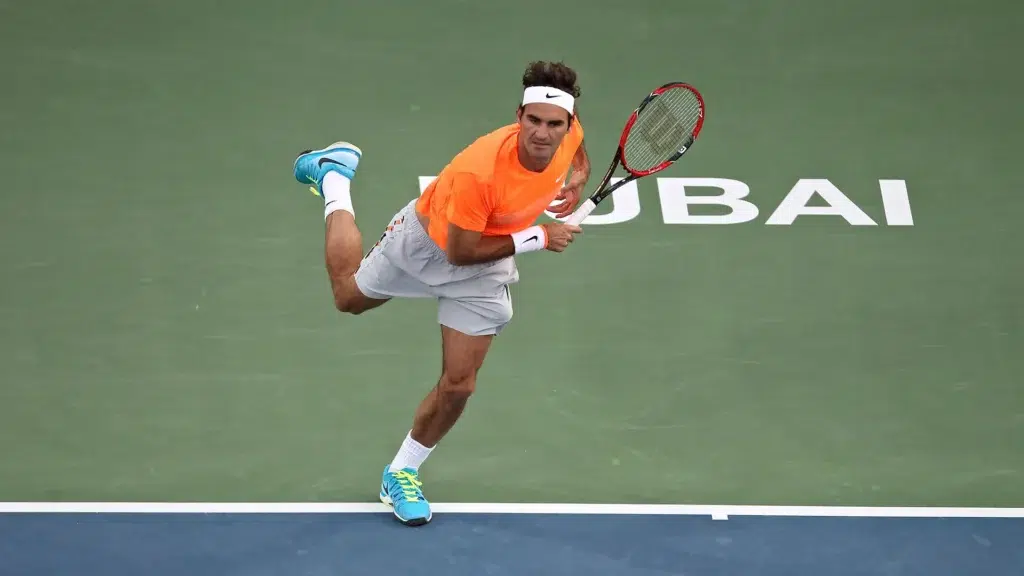
The best time to use a kick serve in a match
In a tennis match, varying your serves is crucial to keep your opponent guessing. That said, there are specific situations where using a kick serve can be particularly advantageous.
- Use the Kick Serve as a 2nd serve:
This serve is often used as a second serve due to its high consistency and difficulty for opponents to return. Topspin allows for extra clearance at the net and causes the ball to return to the service area. It is challenging to return and can be executed consistently to avoid double faults. - Hit it during serve and volley:
Using the serve shot strategically and the volley is better because the slower speed of the serve shot gives it more time to reach the net. - In the Court of Ad:
With right-handed players, using the publicity court shot is helpful. He targets a backhand and pushes them away, opening up the field for his next shot.
By mastering these steps and understanding when to use the serve kick, you can greatly improve your serve game and keep your opponents on their toes. Practice regularly and soon the serve will be a reliable and effective part of your tennis strategy.


